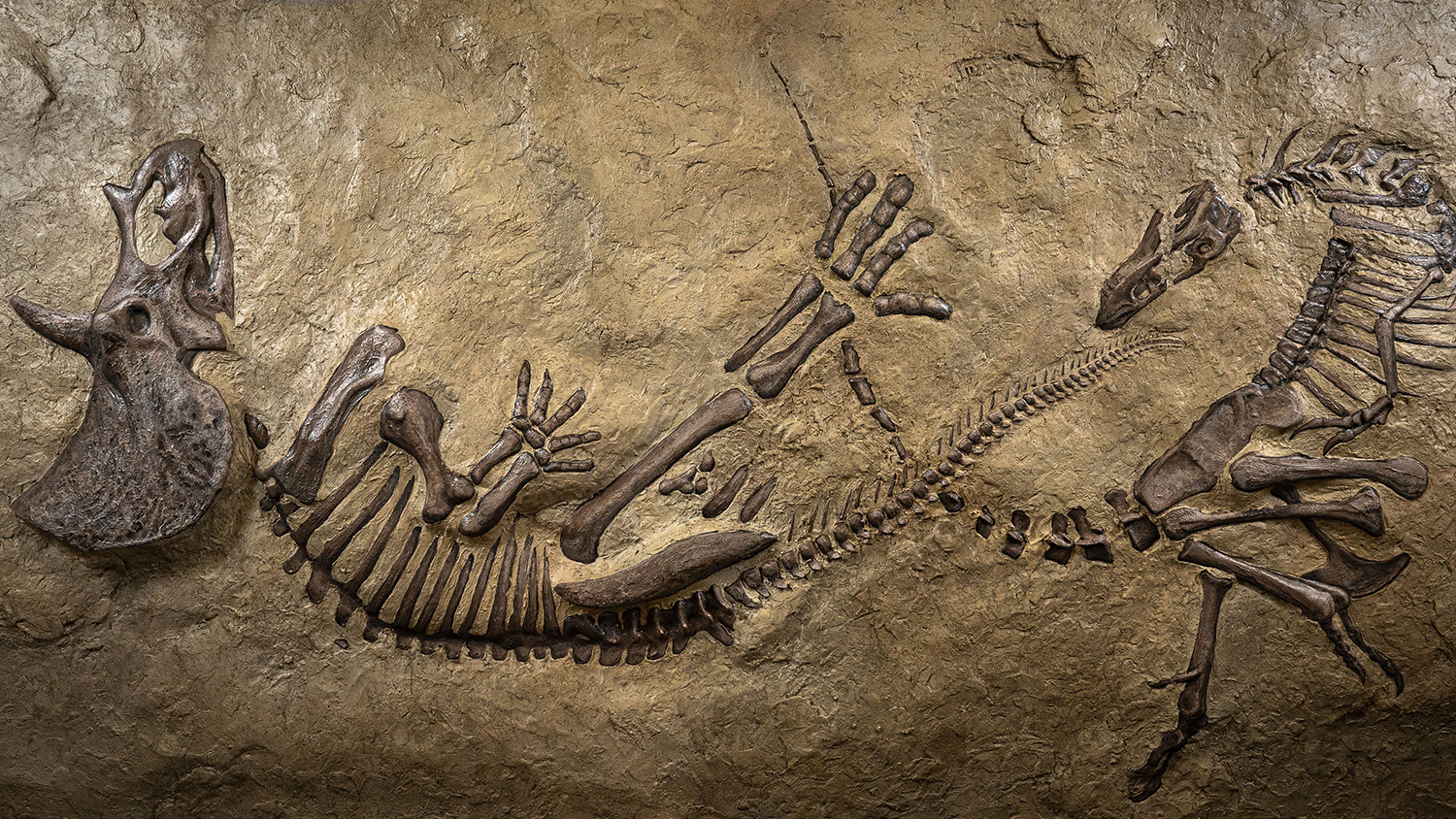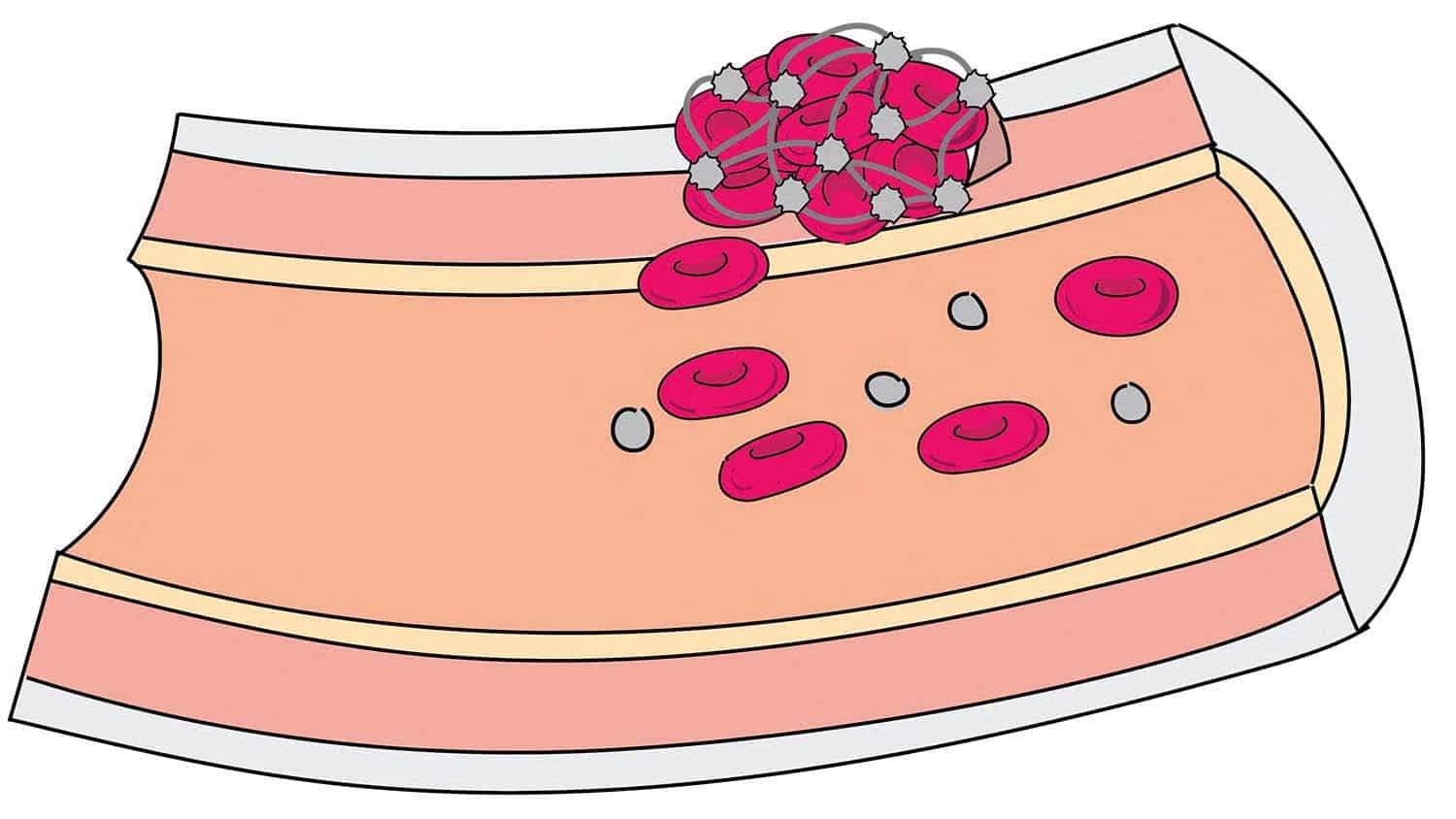How Solitary Cockroaches Gave Rise to Social Termites: Tales from Two Genomes
This is a guest post by Coby Schal, Blanton J. Whitmire Distinguished Professor of Entomology at NC State. He and co-authors published a paper comparing the genomes of the German cockroach and the drywood termite in Nature Ecology & Evolution.
Termites are “social cockroaches.” They evolved from ancestral solitary cockroaches some 150 million years ago, at least 50 million years before bees, ants and wasps evolved similar intricate societies independently of termites. Termites live in complex societies characterized by division of labor of castes and close coordination of tasks among members of the colony. For example, the queen and king monopolize all reproduction within the colony, while workers and soldiers maintain and defend the colony. This separation of responsibilities within the colony requires clear recognition of who’s who and mechanisms to suppress worker reproduction when a fertile queen is present, and stimulate new queens to develop when the resident queen dies. At the same time, termites have a relatively simple lifestyle – they eat wood and rarely venture in the open. These changes from the ancestral solitary cockroach should be reflected in the organization of the termite genes, the genome.
The German cockroach has a very different lifestyle from the termite. It is the quintessential omnivore, eating all foods, scavenging and even engaging in coprophagy – eating communal feces – to obtain symbiotic microorganisms and nutrients from members of its group. This cockroach is a global indoor pest that has significant adverse effects on human health. Cockroaches produce potent allergens that can trigger allergies and asthma, especially in children living in cockroach-infested homes. They thrive in unsanitary conditions and therefore they not only transmit pathogens to people, but have evolved a broad range of immune mechanisms to prevent from being infected themselves. Finally, cockroaches have evolved many mechanisms to resist the broad array of offensive chemicals they encounter in their environment, including an expansive arsenal of insecticides we use in our efforts to eradicate them.
A paper in Nature Ecology & Evolution reports the sequencing, annotation and analysis of the genomes of the German cockroach, Blattella germanica, and the drywood termite, Cryptotermes secundus, within the context of the evolution of sociality in termites from solitary cockroaches. The team, including NC State entomologist Coby Schal and principal research scholar Ayako Wada-Katsumata, compared these genomes and those of 15 other insect species so that the evolution of gene families could be analyzed along the transition from non-social cockroaches to social termites. Of particular interest in this paper are the chemosensory genes, which are used in chemical communication – smell and taste. The nocturnal and omnivorous lifestyle of cockroaches requires substantial investment in sensitive and discerning senses of smell and taste, and the genome of the cockroach reflects this. Four families of chemosensory proteins enable insects to distinguish diverse foods, locate and recognize mates and aggregation sites (pheromones), and avoid poisons and pathogens. The German cockroach now holds the world record for the diversity of its chemosensory gene repertoire, and this resource will be invaluable for developing better lures and baits for pest control. The far more specialized but evolutionarily related termite experienced considerable losses of smell and taste genes, commensurate with the more specialized chemistry of its ecological habitat. Yet, the termite genome reveals signatures of chemosensory adaptations that persisted from cockroaches and likely shaped the evolution of social life in these “social cockroaches.”
Expansions of many other gene families in the cockroach genome likely enabled adaptations and successful colonization of diverse habitats. The publically available genome sequence will enable researchers and the pest control industry to investigate the functions of many genes and target some with innovative and cockroach-specific pesticides. Among these are genes involved in the breakdown and clearance of insecticides. Expansions in these genes and their heightened expression allows B. germanica to develop resistance to a broad range of insecticides. Likewise, the cockroach can resist many different types of pathogens because it harbors expanded families of genes used in immune responses and defense against pathogens. The expanded repertoire of genes that encode digestive enzymes supports the success of the German cockroach as an extreme omnivore, capable of digesting a broad range of foods from Krispy Kreme donuts to leftover steak.
This research was part of the i5k project housed in the Baylor College of Medicine Human Genome Sequencing Center in Houston, an international public consortium effort to sequence and analyze 5,000 high-priority arthropods with beneficial and harmful effects. The NC State team led the early phases of the project and generated the inbred cockroaches that were sequenced, and scientists from 11 research institutions in 6 countries participated in this study. The Schal lab at NC State was supported in part by grants from US Department of Housing and Urban Development (NCHHU-0017-13), National Science Foundation (IOS-1557864), Alfred P. Sloan Foundation (2013-5-35 MBE), National Institute of Environmental Health Sciences (P30ES025128) to Center for Human Health and the Environment, and the Blanton J. Whitmire Endowment at NC State.
This post was originally published in NC State News.


